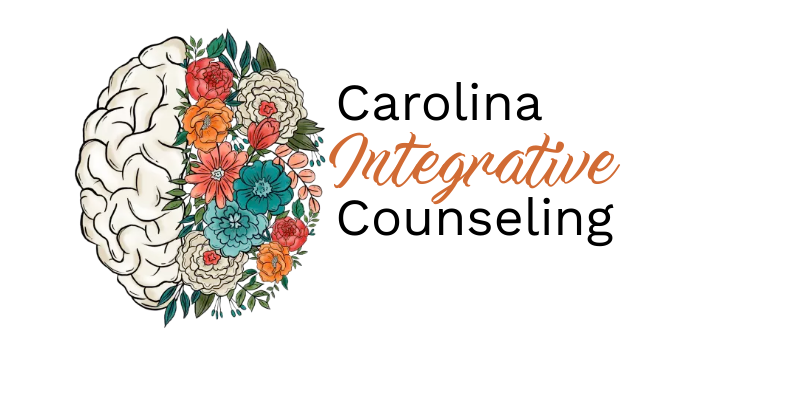The Beginners Guide to Meditation
A Beginner's Guide to Meditation: Finding Serenity in a Busy World
Finding peace can seem like a distant dream in the hustle and bustle of our modern lives, where screens constantly demand our attention and schedules overflow with commitments. However, meditation offers a simple yet powerful way to cultivate serenity amidst the chaos. In this beginner's guide, we'll explore the basics of meditation, providing you with a roadmap to embark on your journey towards a calmer mind and a more centered self.
Understanding Meditation:
Meditation is not about emptying your mind or achieving a state of complete silence; rather, it's a practice that involves cultivating awareness and mindfulness. The goal is to observe your thoughts without judgment and to anchor your attention in the present moment. This ancient practice has roots in various cultures and spiritual traditions, and today, it is embraced by people from all walks of life for its numerous mental, emotional, and physical benefits.
Creating a Meditation Space:
Before diving into meditation, it's helpful to establish a dedicated space where you can practice consistently. Find a quiet corner, preferably free from distractions, and decorate it with items that inspire tranquility. This could include a comfortable cushion or chair, soft lighting, and perhaps a few calming decorations. Creating a welcoming environment enhances your meditation experience and signals to your mind that it's time to unwind.
Choosing Your Meditation Posture:
While there's no one-size-fits-all posture for meditation, sitting comfortably is key. You can sit cross-legged on a cushion, in a chair with your feet flat, or even lie down if that suits you. The goal is to maintain a relaxed and alert posture, allowing you to focus your attention without discomfort.
Breathing Techniques:
Breathing is a fundamental aspect of meditation. Begin by taking deep, intentional breaths to anchor yourself in the present moment. Experiment with different breathing techniques, such as diaphragmatic breathing or counting breaths, to find what resonates with you. Paying attention to your breath helps calm the mind and promotes a sense of mindfulness.
Guided Meditations:
For beginners, guided meditations can be incredibly helpful. Numerous apps, podcasts, and online resources offer guided sessions led by experienced meditation teachers. These sessions often provide a structured framework, helping you focus your mind and deepen your practice.
Cultivating Consistency:
Consistency is key to reaping the benefits of meditation. Start with short sessions, perhaps five to ten minutes, and gradually extend the duration as you become more comfortable. Aim to meditate at the same time each day to establish a routine, making it easier to incorporate meditation into your daily life.
Embracing Mindfulness in Daily Activities:
Meditation is not confined to a specific time or place. As you become more familiar with the practice, integrate mindfulness into your daily activities. Whether walking, eating, or working, bring your awareness to the present moment, fostering a sense of mindfulness throughout your day.
Conclusion:
Embarking on a meditation journey may initially seem intimidating, but you’ll discover its transformative power with patience and practice. By understanding the basics, creating a dedicated space, exploring various postures and breathing techniques, and embracing guided meditations, you'll find a path to inner peace and mindfulness. Remember, meditation is a personal journey, so allow yourself the grace to explore and evolve as you embark on this enriching adventure toward a calmer, more centered you.


